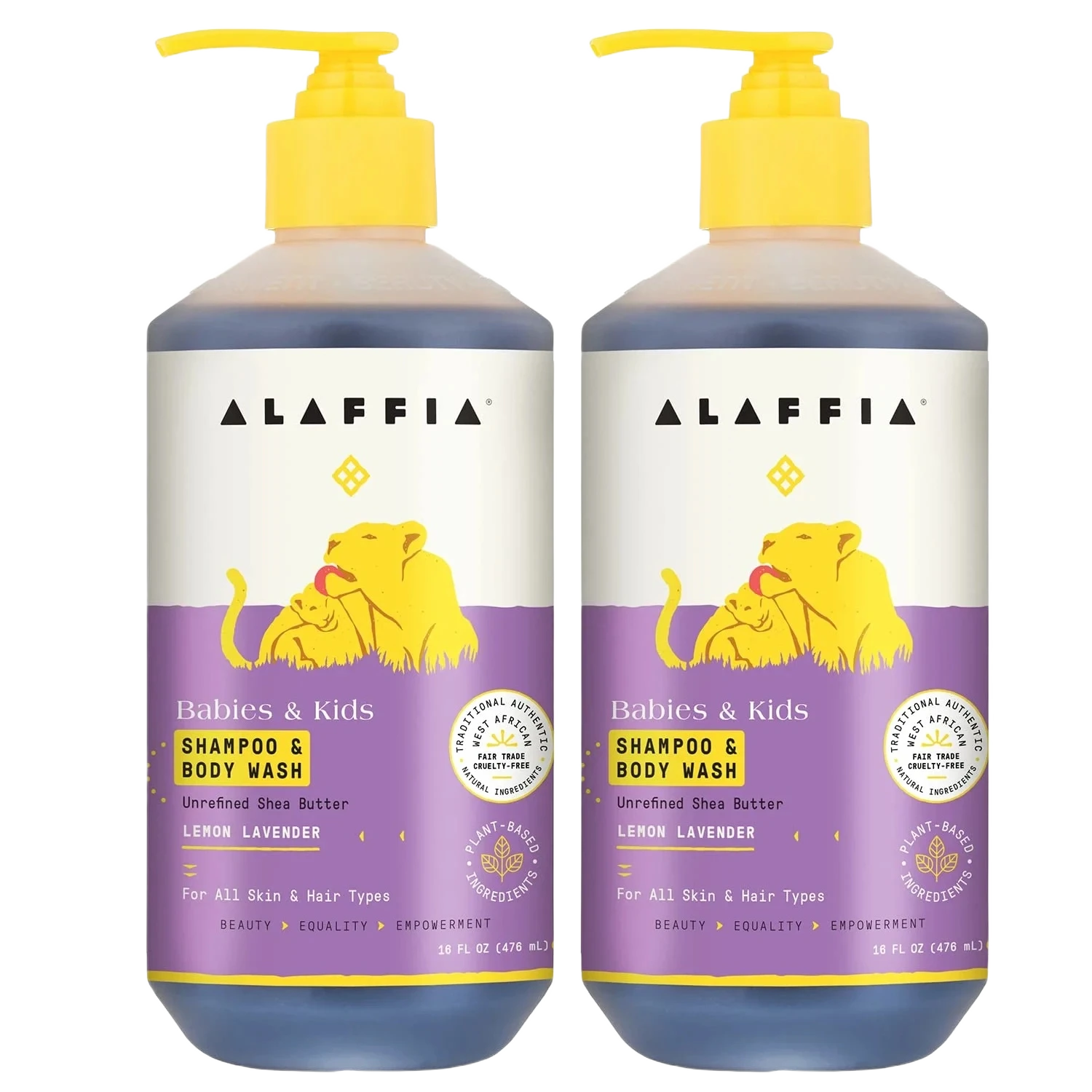Alaffia Babies & Kids SHAMPOO & BODY WASH Unrefined Shea Butter LEMON LAVENDER
shampoo & bodywash & conditioner • For 5+ year old children • Skin contact 🧴
Product Images
Product Photo

Tap to enlarge
Ingredient List

Tap to enlarge
Is this kid-friendly to use Alaffia Babies & Kids SHAMPOO & BODY WASH Unrefined Shea Butter LEMON LAVENDER?
Check for Different Age (6 available)
Ingredients Analysis (23 found)






















Common Questions About Alaffia Babies & Kids SHAMPOO & BODY WASH Unrefined Shea Butter LEMON LAVENDER
Kid-approved? Alaffia Babies & Kids SHAMPOO & BODY WASH Unrefined Shea Butter LEMON LAVENDER
Use caution with Alaffia Babies & Kids SHAMPOO & BODY WASH Unrefined Shea Butter LEMON LAVENDER for 5+ year old children. Some ingredients may pose concerns.
What ingredients should I watch out for?
We analyzed 23 ingredients in Alaffia Babies & Kids SHAMPOO & BODY WASH Unrefined Shea Butter LEMON LAVENDER. 3 caution. Check the detailed analysis above for specific concerns.
When can kids start using shampoo & bodywash & conditioner?
The appropriate age depends on the specific ingredients. This analysis is for 5+ year old children. Use the age selector above to check other ages.
⚠️ Important Disclaimers
Product Recognition: Product names are identified programatically and may be incorrect. Always verify product identity yourself.
Safety Analysis: Evaluations are for research only - consult pediatricians for medical decisions. Do not rely solely on this analysis.
No Guarantees: Results may be incomplete or inaccurate. Do not rely solely on this analysis.